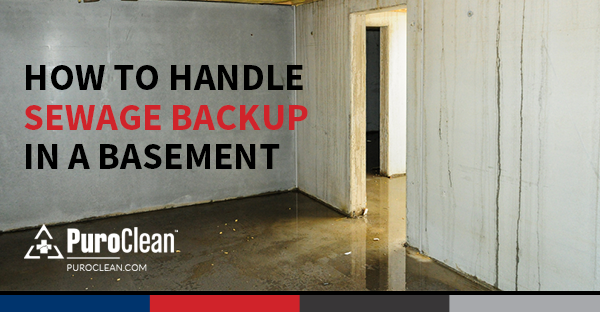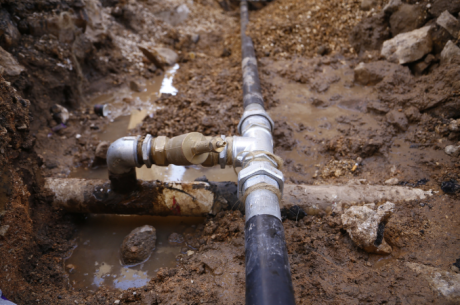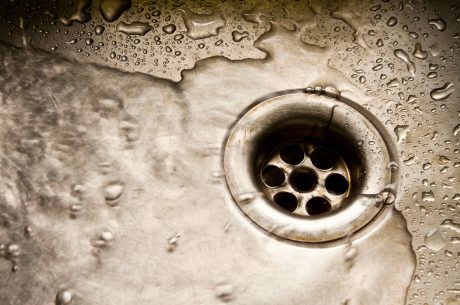Addressing a clogged toilet can be a frustrating and unpleasant experience, but it becomes even more alarming when you notice water backing up into bathtub. This worrisome occurrence can be indicative of a serious plumbing issue that requires immediate attention. When a toilet overflows and sends its contents into the bathtub, it not only creates a messy situation but also poses potential health hazards and structural damage.
In this article, we’ll explore the possible causes behind this unpleasant problem and provide effective methods to safely and efficiently unclog the toilet, restoring proper drainage and peace of mind.
Cause of Water Backing Up into Bathtub
So, you’re wondering how to unclog a toilet that’s deciding to back up into your bathtub? Well, first things first, let’s identify the cause of the clog. There are two common causes for this unfortunate situation.
- Simple Blockage in the Pipes: This occurs when there is an obstruction in the plumbing pipes, usually caused by excessive waste, toilet paper buildup, or foreign objects mistakenly flushed down the toilet. In such cases, the clog is localized to the bathroom’s plumbing system.
- Main Sewer Line Issue: A problem in the main sewer line can lead to sewage backing up into various drains throughout the house, including the bathtub. It is a more severe issue as it affects multiple fixtures in the place.
Once you’ve identified the probable cause, you can decide whether to attempt unclogging the toilet for a local blockage or call a professional plumber to address a potentially more complex main sewer line issue. Remember, for significant plumbing problems; it’s always best to seek the help of a qualified professional or restoration specialist to avoid further damage and ensure a proper fix.
Gathering the Necessary Tools
To get started, you’ll need a few essential tools to handle this pesky plumbing problem in your bathroom. When it comes to unclogging a toilet with water backing up into bathtub, having the right tools can make all the difference. The good news is that you don’t need anything too fancy or specialized. Here are the three main tools you’ll need:
- Plunger: A plunger is an absolute must-have when dealing with toilet clogs. It creates suction and pressure that helps dislodge the blockage and restore proper flow. Make sure you have a sturdy plunger with a flange, which is designed specifically for toilets.
- Toilet Auger: Also known as a plumber’s snake, a toilet auger is a lengthy flexible wire with a coiled end that can reach deep into the pipes to break up stubborn clogs. This tool is especially useful when plunging alone doesn’t do the trick.
- Rubber Gloves: While not necessarily a tool, wearing rubber gloves during this process is highly recommended for hygiene purposes. Dealing with clogged toilets can be messy, so wear gloves to minimize contact with unpleasant substances.
By gathering these necessary tools beforehand, you’ll be well-prepared to tackle the task and get your bathroom back in working order quickly and efficiently. Remember, prevention is critical in toilet clogs, so be cautious of what gets flushed down your toilet in the future.
Using a Plunger to Dislodge the Blockage
Using a plunger to dislodge a blockage in your bathroom plumbing is a common and effective method, as long as the clog is relatively minor and caused by organic matter or paper products. Here’s a step-by-step guide on how to use a plunger correctly:
- Fill a bucket with comfortably warm (not boiling) water and pour it into the toilet bowl to help break down grease or debris.
- Position the plunger over the drain hole in the toilet bowl, ensuring it creates a good seal. The rubber part of the plunger should be covered with water.
- Firmly press down on the plunger handle and then pull up quickly, repeating this plunging motion several times while maintaining steady pressure.
- If nothing changes after several attempts, you can try adding more hot water to increase pressure or adjust your plunging technique.
Remember that this method is most effective for minor clogs caused by organic matter or paper products. If you encounter a more stubborn blockage or suspect a more serious issue, it’s a good idea to consider alternative methods.
Trying a Toilet Auger or Snake

Image by Erik Mclean on Unsplash
If you’re frustrated and desperate to unclog your stubborn toilet, it’s time to try a toilet auger or snake. A toilet auger is a tool specifically created to break up and remove clogs in toilets. It consists of a long metal cable with a handle at one end and a coiled spring or spiral blade at the other. To use the toilet auger technique, insert the coiled end into the toilet bowl, ensuring it goes as far down as possible without forcing it. Once inserted, rotate the handle clockwise while applying gentle pressure.
Using a snake effectively can also be an option for unclogging your backed-up toilet. A snake, or drain snake, is similar to an auger but typically longer and more flexible. To use this tool, insert one end into the toilet drain opening and slowly push it further until you encounter resistance. Once you feel resistance, rotate the handle clockwise while pushing forward gently. The snake’s flexible design allows it to maneuver through pipe bends and dislodge any obstructions.
With these techniques in mind, you can now confidently tackle that persistent clog causing water backing up into bathtub. If neither method works effectively or you are uncomfortable attempting them yourself, it may be time to consider utilizing chemical drain cleaners for further assistance clearing the blockage from your plumbing system.
Utilizing Chemical Drain Cleaners
Chemical drain cleaners can effectively deal with stubborn clogs, but it’s essential to handle them with care due to their harsh and potentially harmful nature. Here are some key points when utilizing chemical drain cleaners and their safety precautions
- Choose the Right Drain Cleaner: Different types of drain cleaners are available, such as acid- and alkaline-based cleaners. Some are suitable for specific kinds of clogs or pipes. Make sure to select the appropriate cleaner for your particular situation and plumbing system.
- Use Proper Amounts: Follow the manufacturer’s instructions regarding how much cleaner to use. Using more than the recommended quantity won’t necessarily unclog the drain faster and could lead to additional issues or hazards.
- Keep Children and Pets Away: Store drain cleaners out of reach of children and pets. Keep them in a secure location, preferably in a locked cabinet, to prevent accidental ingestion or contact.
- Protect Your Skin and Eyes: Wear protective gloves and safety goggles when handling chemical drain cleaners to avoid skin contact and eye injuries. If any cleaner does come into contact with your skin or eyes, immediately rinse with plenty of water and seek medical attention if necessary.
- Avoid Physical Obstructions: Do not insert plungers or other physical tools into the drain after using chemical cleaners, as the chemicals might still be present, which can lead to splashing or hazardous reactions.
- Wait Before Trying Alternatives: If the chemical drain cleaner doesn’t work as expected, don’t immediately try another method. Wait for a while before attempting a different approach, as mixing other chemicals could be dangerous.
Remember, chemical drain cleaners should be used as a last resort after other methods have failed. Opt for natural alternatives to protect your plumbing system and the environment whenever possible.
Seeking Professional Help if Needed
Sometimes, it’s best to leave more complex clogs to experts with the necessary tools and experience. While you can try various DIY methods to unclog a toilet backing up into the bathtub, seeking professional help is a viable option when all else fails. Plumbers possess specialized knowledge and equipment to tackle even the most stubborn blockages.
- Hydro Jetting: This high-pressure water technique is used by plumbers to clear out severe clogs. It involves directing a powerful stream of water through your pipes, which can dislodge blockages and remove built-up debris.
- Video Inspection: Plumbers often use cameras attached to flexible cables to inspect the inside of your plumbing system. They can determine the most appropriate solution by identifying the exact location and cause of the clog.
- Pipe Replacement: In some cases, recurring clogs may indicate more significant issues within your plumbing system. A plumber can assess whether pipe replacement is necessary to prevent future backups.
While attempting DIY solutions are worth exploring for minor clogs, seeking professional assistance becomes crucial when faced with persistent or complex problems. Plumbers offer alternative solutions like hydro jetting and video inspection that can provide long-lasting results. Understanding potential risks associated with DIY attempts emphasizes the importance of relying on professionals to resolve water backing into bathtubs and other toilet-to-bathtub clogs effectively.
The Bottom Line
Dealing with a clogged toilet that results in water backing up into bathtub can be a frustrating task. To resolve the issue, identify the cause of the clog and use tools like a plunger or toilet auger. If unsuccessful, try toilet-specific drain cleaners. Seeking professional help is advisable if all else fails. Remember to take safety measures throughout the process. With patience, you can overcome this common household dilemma and restore normalcy to your bathroom routine.
If you’re looking for efficient and reliable solutions to unclog your toilet or tackle any plumbing issues, contact us at PuroClean of Zephyrhills today. Our experienced team can restore your bathroom’s functionality and ensure a stress-free bathroom routine. Don’t hesitate; we’re here to help!



